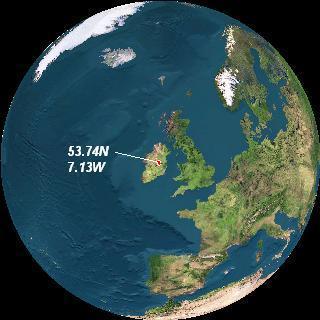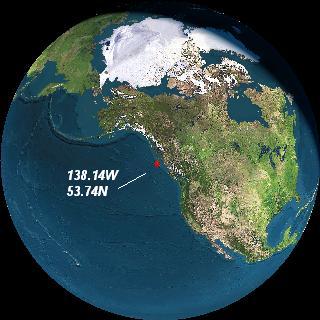 |
 |
|||||||||
|
||||||||||
All eclipse search software need the following to identify locally visible eclipse In case of Atri’s eclipse search, we lock the latitude of observation at 25 deg 12 min N. Then with a fixed delta T, realized by fixing a year range of a few years. (This will be varied from 1000 BC to 5000 BC in a total search pattern). We seek solar eclipse at 80 deg 54’ E. If an eclipse exists and the sun is between 0.6 to 1.5 deg N, we note the particulars. Then we keep changing the longitude by 30 deg steps or smaller till we can identify the peak eclipse. This process is continued for the full 360 degrees. All the eclipses and their magnitude that occur in sun range of our interest, namely +1.21 deg, are tabulated. The search pattern is continued similarly for the whole period of 1000 BC to 5000 BC in small increments, each covering full 360 deg around the earth at 25N latitude. We illustrate this method of rendering delta T irrelevant for latitude based eclipse events. The famous Irish Megalith solar eclipse, by Griffin, was recently confirmed as occurring on 3340 November 30 at Longitude 7.1325 W and latitude of 53.7441 N. One significant feature of this finding is that there are pictorial carvings of the eclipse view perfectly in line with observation angle of sun. This corroboration makes the delta T estimates used very realistic. The delta T chosen for this Irish megalith eclipse was 104610 sec. Irish megalith eclipse computed at different longitudes & different deltaT’s @ 53.74 N
Wayne Annala’s Lodestar pro uses a delta T of 72974 seconds for 3340BC, nearly 31636s difference to Paul Griffin’s delta T, which correspond to 131 deg longitudinal shift in location. By keeping Annala’s delta T and a search of solar eclipse at all longitudes (latitude being same at 53.7441 N), we find that exact same eclipse would occur over pacific coast of North American continent at Longitude 131 deg away from Ireland. The angle difference is exactly corresponds to delta T difference*15/3600. Earth revolves 15 deg in 3600 seconds. This is illustrated above. Thus both the PC DOS Lodestar Pro and Apple based Digital Universe show same eclipse on same day and same time, if the delta T were same. Any difference in delta T shifts the location physically.
|
|||||||||||||||||||||||||



